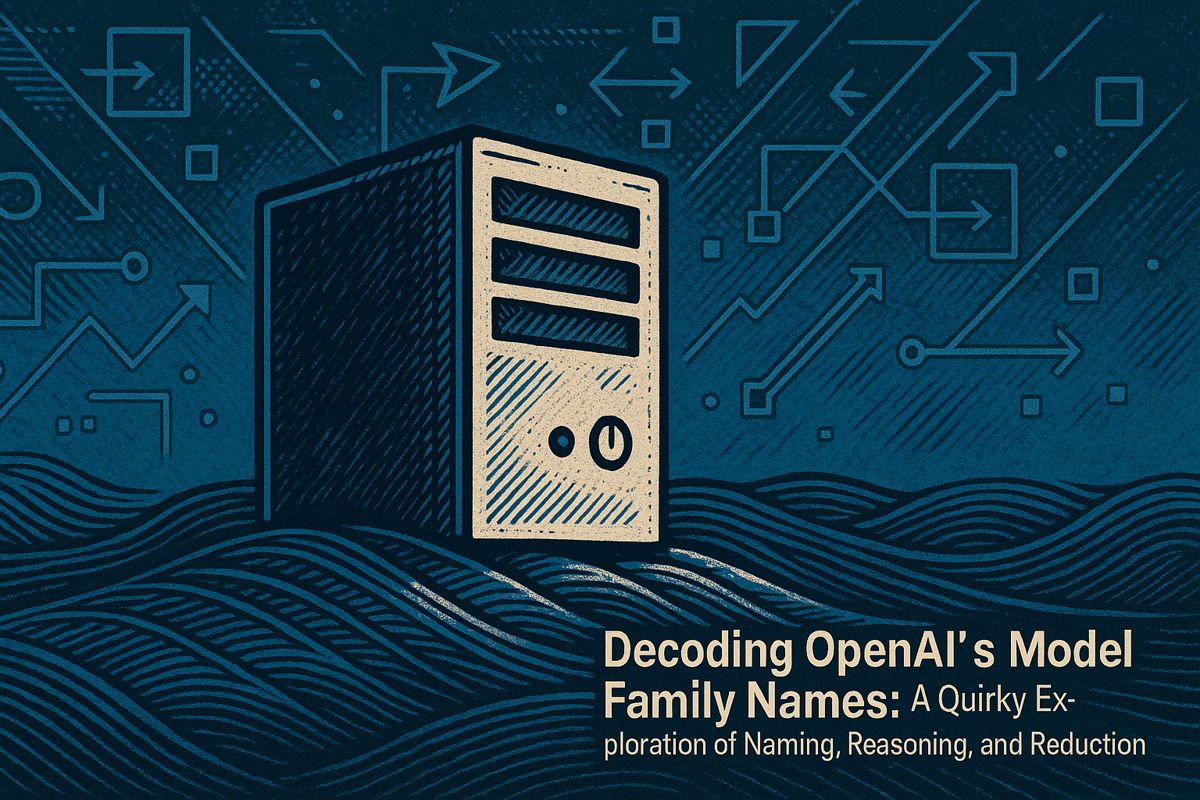Salesforce accelerates enterprise AI adoption with Agentforce 360, a new platform for building intelligent AI agents inside Customer 360. It integrates four connected layers, from low-code tools to advanced data processing, allowing users to create powerful chatbots that deliver fast, reliable customer support. With built-in voice support, comprehensive monitoring, and robust security, Agentforce 360 offers a faster, safer path to leveraging AI.
Core Building Blocks
Agentforce 360 is an integrated platform for creating enterprise-grade AI assistants within Salesforce. It combines a low-code builder, intelligent data handling, and pre-built app integrations, allowing business teams to deploy trusted AI agents for sales and service workflows without extensive engineering resources or compliance risks.
Agentforce 360 is built on four tightly integrated layers: the Agentforce Platform, Data 360, Customer 360 Apps, and Slack integration. The low-code Agent Builder and its companion Agent Script provide a point-and-click path for creating agents, while also allowing developers to define complex logic in JSON. An upgraded Atlas Reasoning Engine combines deterministic rules with large language model (LLM) flexibility, ensuring decisions are both intelligent and auditable. Data 360 provides “Intelligent Context” by parsing unstructured documents like PDFs and spreadsheets into structured, queryable knowledge. This context flows directly to agents, reducing errors and embedding them within Sales Cloud, Service Cloud, and Slack for real-time human handoffs.
Proven Success with Early Adopters
The value of this layered architecture is demonstrated by early adopters. Williams-Sonoma anticipates its service bot will autonomously resolve over 60% of chat inquiries by leveraging Data 360 to combine recipe information with customer order history. Similarly, Finnair aims for an 80% digital resolution rate for flight-related questions, enabling its human agents to focus on more complex passenger needs.
Enterprise-Grade Governance, Monitoring, and Voice
Robust governance is embedded throughout Agentforce 360. Observability Dashboards provide real-time traces of every agent action, enabling administrators to identify hallucinations or policy violations before they impact customers. Comprehensive audit trails are designed to meet the stringent documentation requirements of regulated industries like finance and healthcare. The platform’s capabilities extend to voice channels with Agentforce Voice, which enables agents to communicate in a brand-trained voice. All conversations are transcribed, allowing for seamless human takeover when needed, while native connectors for Amazon Connect, Genesys, and Vonage eliminate complex telephony integration projects.
Competitive Differentiators
While Google and Amazon offer broad AI toolkits, Salesforce’s strategy leverages its deep CRM integration and embedded business workflows. The Model Context Protocol further enhances this position by allowing enterprises to plug in external models from providers like Anthropic or OpenAI, gaining model choice without sacrificing the platform’s unified governance and security.
Key Benefits at a Glance
- Accelerated Deployment: Low-code builder reduces agent release cycles from weeks to days.
- Reliable Performance: Hybrid reasoning engine cuts edge-case errors while maintaining traceable logic.
- Simplified Oversight: Built-in observability replaces the need for disparate logging and monitoring tools.
- Seamless Voice Integration: Native voice layer upgrades legacy IVR to natural language without middleware.
The Future of Agentforce 360
Salesforce has planned continuous platform updates through 2026, with a roadmap that includes Slack-native analytics and expanded multi-agent orchestration for automating complex, cross-departmental tasks. For organizations invested in the Customer 360 platform, Agentforce 360 presents the most direct path to deploying trustworthy, enterprise-scale AI agents.
What is Agentforce 360 and how does it differ from earlier Salesforce AI offerings?
Agentforce 360 is Salesforce’s first fully-integrated suite for building, governing, and scaling enterprise-grade AI agents inside existing sales, service, and operational workflows.
Unlike earlier point-and-click Einstein tools, it couples a low-code Agent Builder with the new Agent Script expression language and an Atlas Reasoning Engine that mixes deterministic rules and LLM flexibility. The result is agents that can be audited, updated, and deployed in minutes rather than months, while still respecting corporate guardrails and compliance policies.
Which concrete features let business teams deploy AI agents without deep technical skills?
- Conversational Agent Builder – describe the desired outcome in plain English; the platform auto-generates agent logic, API calls, and data mappings.
- 200+ pre-built Slack-first apps for sales, HR, IT, and Tableau let agents surface answers or trigger workflows inside chat instead of forcing users to open new screens.
- One-click publishing to web, mobile, and voice channels removes DevOps friction; agents inherit security, sharing, and compliance settings already defined in Salesforce.
- Early adopters like Williams-Sonoma expect >60 % of chat sessions to be resolved autonomously after only a few weeks of configuration.
How does the platform handle unstructured data that traditional automation cannot read?
Data 360 (formerly Data Cloud) now ships with Intelligent Context extraction. PDFs, Excel sheets, diagrams, and even images are parsed into searchable business indexes that agents query in real time. Multimodal models keep tables, charts, and flowcharts intact, so an agent can answer questions like “Which region exceeded quota last quarter?” without a human re-typing numbers. Because the indexes live inside Salesforce’s trust layer, PII and permissions stay consistent across every channel.
What does multi-agent orchestration look like inside a large enterprise?
Agentforce 360 treats departments as agent teams: a pricing agent can negotiate within guardrails, hand off to a legal agent for contract terms, and loop in a logistics agent for delivery dates – all on the same thread. Orchestration dashboards expose cross-agent dependencies, SLA timers, and rollback triggers, so managers can see why an order stalled and intervene. This mirrors how humans already work, but with an auditable, code-based trail that satisfies internal audit and external regulators.
How is Salesforce positioning Agentforce 360 against Google and Amazon offerings?
While Google Cloud AI and Amazon Bedrock sell horizontal toolkits, Salesforce bundles CRM, collaboration, data, and voice into one vertically-integrated stack. Pre-integrated Customer 360 metadata means agents understand leads, cases, and entitlements on day one; competitors require weeks of data modeling. Salesforce also opens its Model Context Protocol (MCP) APIs, letting customers plug in Anthropic, OpenAI, or custom models without leaving the governance umbrella. Investors were told the addressable market is every Salesforce seat, a positioning that turns the 150 000+ existing customers into a built-in prospect base rather than a pursuit list.



















